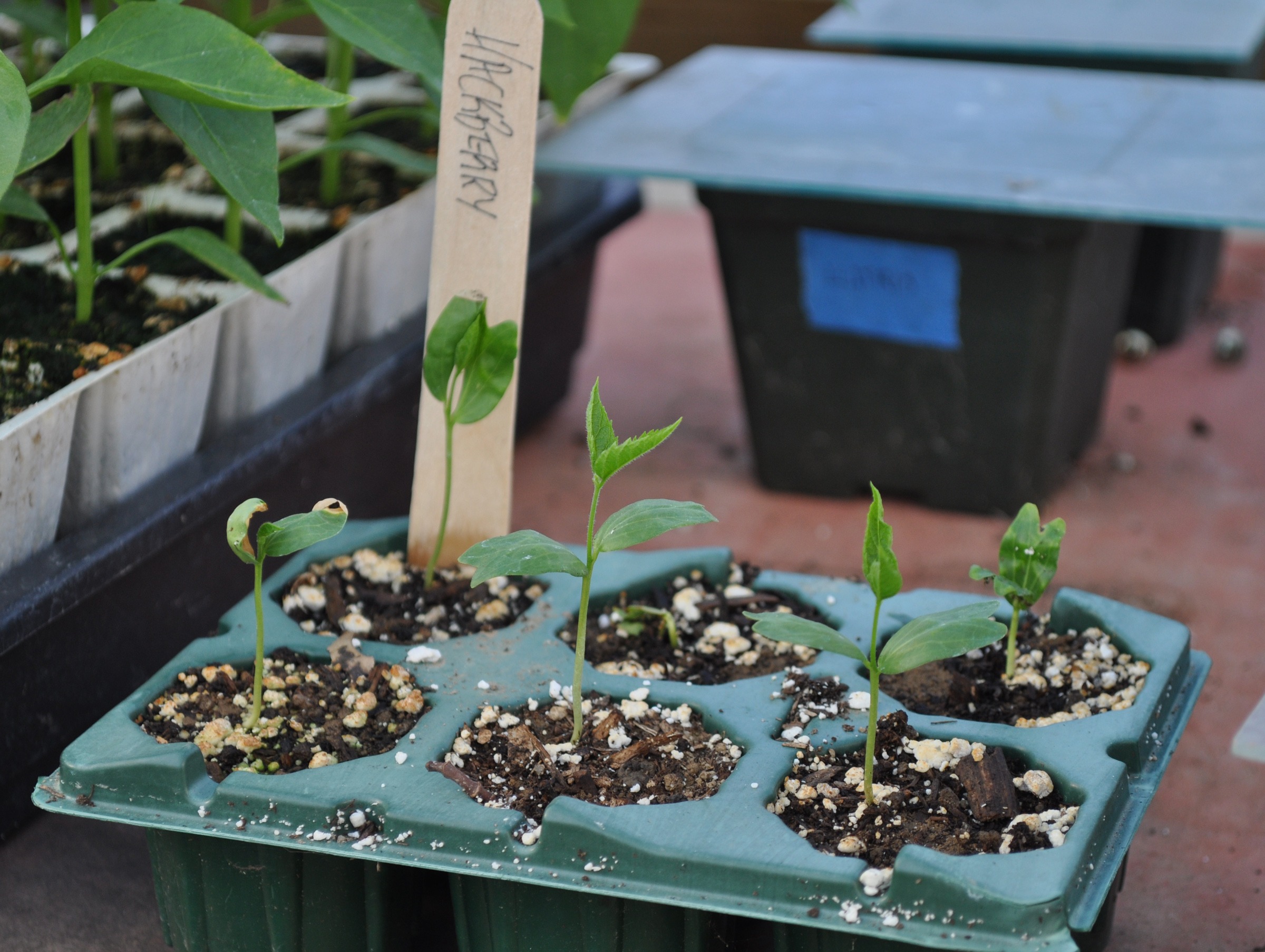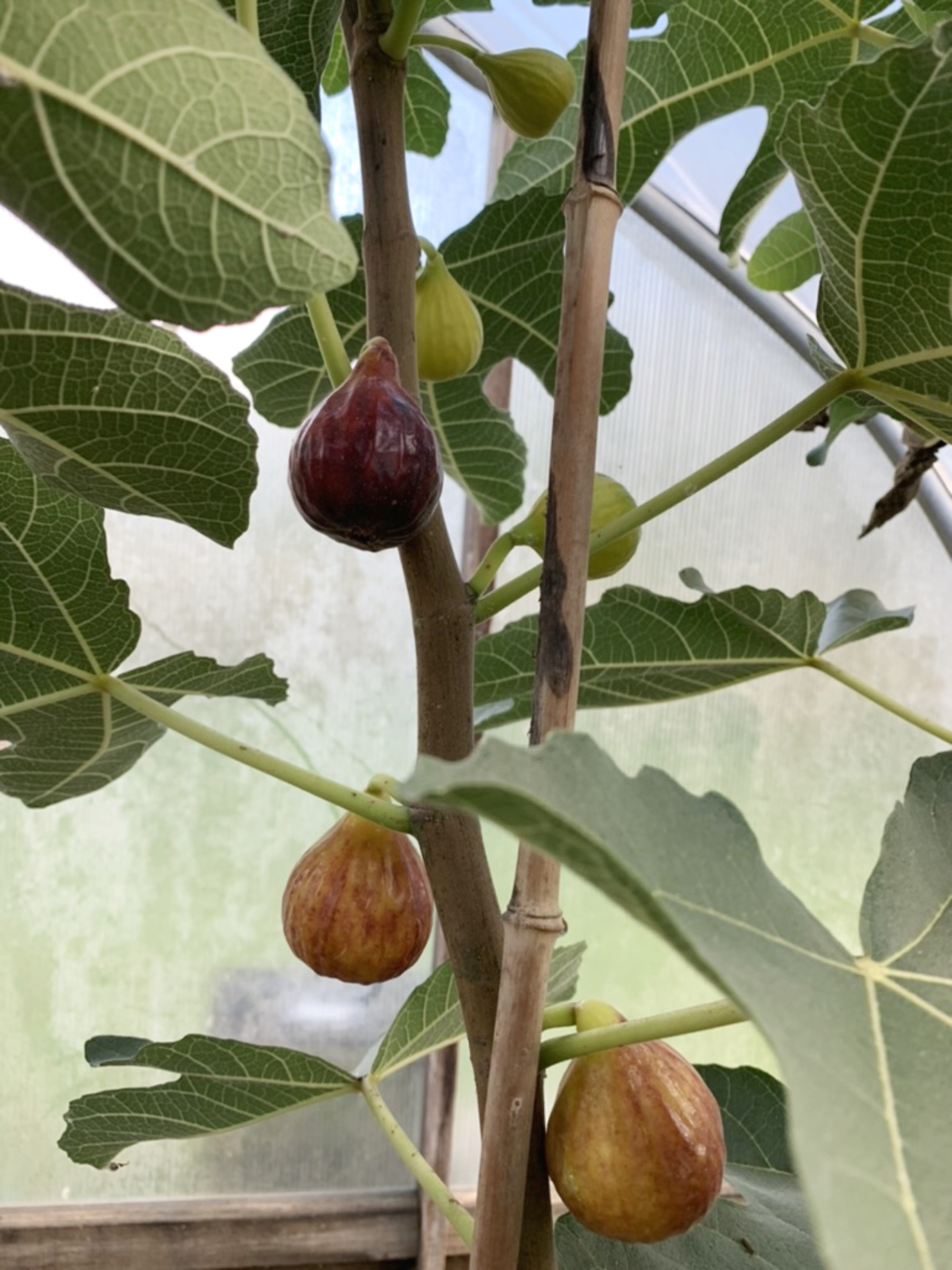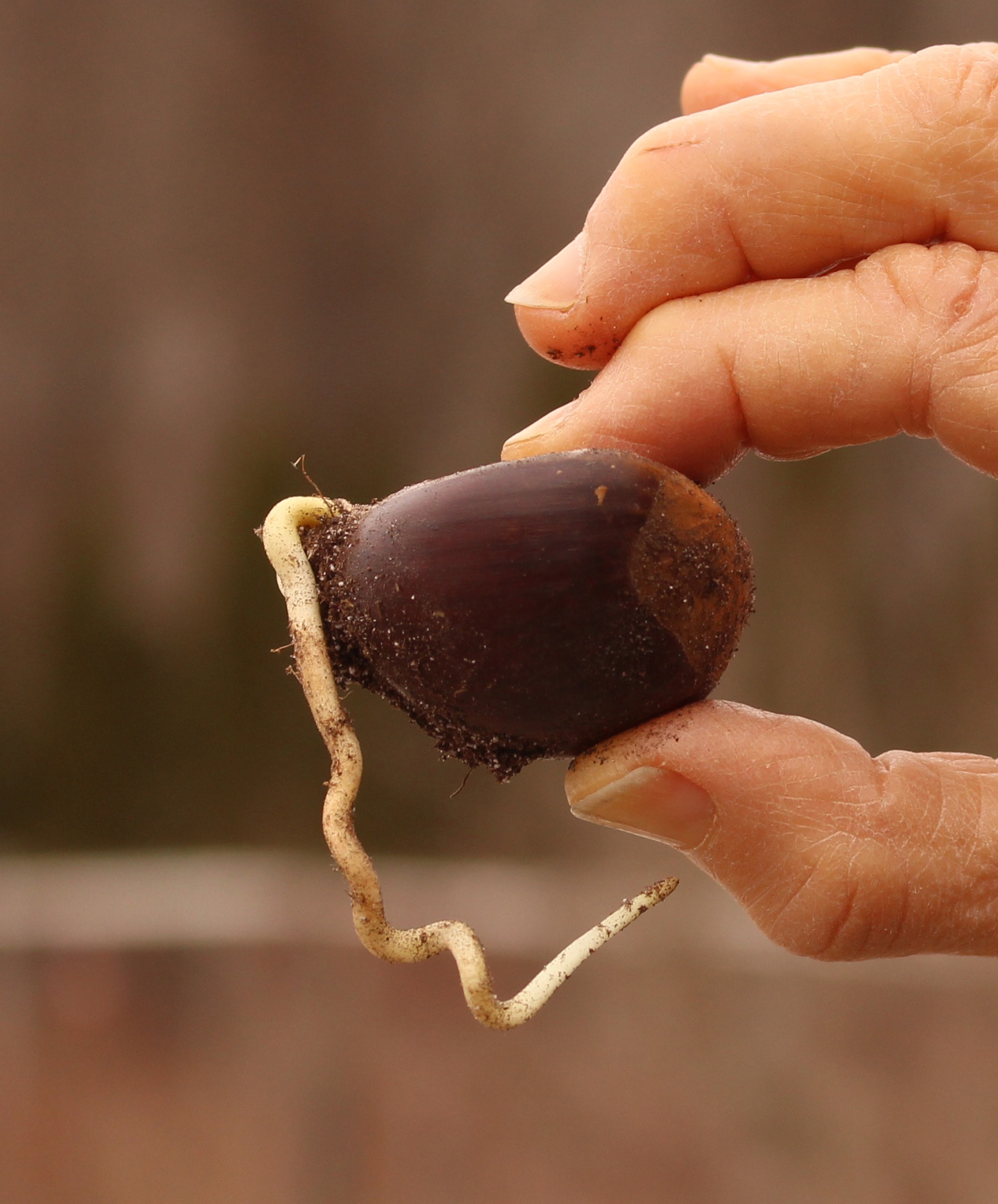FIG UPRISING
/7 Comments/in Fruit/by Lee ReichUp From the Ground
Raising my figs last week got me as excited as, I imagine, opening a kiln does for a potter. What would this spring’s disinterment — “kiln opening” — hold?
In an effort to grow figs outdoors here, despite winter temperatures regularly dipping below zero degrees Fahrenheit (-18° F. this past winter) I buried two plants last fall. Actually, those plants were put in the ground two years ago, but a combination of mice and insufficient cold protection prevented their making successful emergence each spring. Figs are resourceful plants, though, and new shoots sprouted each year from the roots. Read more
NATURE’S DESSERT
/0 Comments/in Fruit/by Lee ReichWhat Do I Hear?
Every morning I can hear especially one group of plants crying out to be pruned. It’s the fruit trees. They demand annual and careful pruning. I’m almost finished pruning them, but not quite.
Taste the sweetness of a perfectly ripe pear: that sweetness represents energy, the result of pruning so all limbs bask in energy-generating sunshine. Pruning also helps these trees strike a balance between shoot growth and fruit production. Pruning removes some potential fruits so that more of the plant’s energy can be funneled into the fewer fruits that remain, fewer but larger and more flavorful fruits.
I started off regular pruning of Read more
I PLANTED MY FIRST SEED
/2 Comments/in Gardening/by Lee ReichMy Plant Stalled
Growing tomato plants from seed is fun, interesting, and, of course, useful. Perhaps even more fun and interesting is growing a tree from seed. And then you also get a perspective in a potentially long span of time, and a chance to reflect on your place in that spectrum.
I planted my first tree seed many, many years ago, when I had just dipped my toes into the wide ocean of gardening. I was living in a small apartment and, having just finished eating a McIntosh apple, took a look at what was left. A core and seeds. I removed one seed from the core and buried it an inch deep in a 6-inch diameter flower pot, then gave it a drink and moved it to a sunny window.

Not my first apple seedlings, but my hackberry seedlings in 2013
To my delight, the seed actually sprouted and grew to a few inches height. My vision of an old apple tree sometime offering me bushels of fruit stalled when growth of the seedling also stalled, still at a few inches height. And stayed there. Read more




